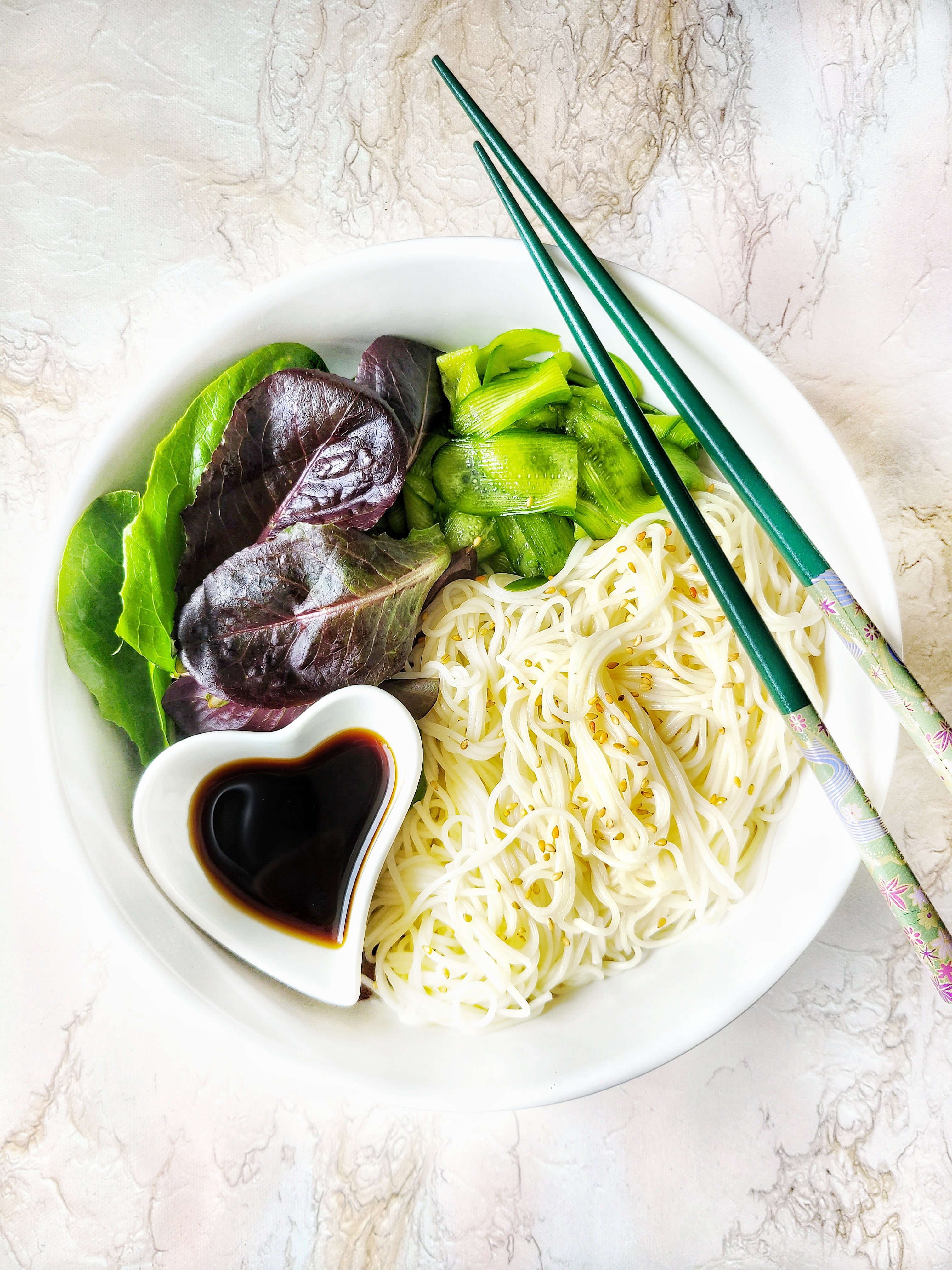

Born in Hawaii, raised in Japan, educated in some top Los Angeles kitchens, Yamaguchi did as much as anyone to put Hawaii on the world culinary map. cantalupensis).This is where it all started: if there was one chef in the vanguard of Hawaii Regional cuisine, it was Roy Yamaguchi. A vessel (calabash) for containing food a me kana mau ipuai. calabash or vessel for food or food offering. container for salt, as made of pandanus leaves. condiment of boiled pulp of chili peppers ( nīoi), often mixed with relish such as ʻinamona. The lean flesh inside the backbone of beef, &c., adjoining the ribs.

The meat of the kukui nut roasted and pounded up with salt as a relish for food. relish made of the cooked kernel of candlenut ( kukui) mashed with salt (perhaps a contraction of ʻīnaʻi momona, sweet garnish). The little delicacies which give relish to food condiments. A place for baking made by heating stones under ground an oven for baking vegetables or meat. To cook soft to soften, as vegetables cooked, or meat undergoing decomposition. soft, tender, as cooked meat that pulls apart when picked up. Insipid tasteless unpalatable not relishable. Huawaina pala mua, the first ripe grapes. A grape collectively, grapes the fruit of the vine. It was the time of the first ripe grapes. See huapalaoa above and eleele, dark colored. spelling of hua palaoaʻeleʻele, rye ( Secale cereale). An egg that may or can be eaten, or an egg for eating. The name of the pawpaw tree also called mili. The substances of arrow-root and cocoanut mixed together and baked for food. To mix together (pia) arrow-root and cocoanut and bake it to cook arrow-root and cocoanut together. pudding formerly made of arrowroot ( pia) and coconut cream, now usually made with cornstarch. As for the ʻōʻio fish, smacking good the sauce. to slurp, as soup to eat noisily to swish, as the sea to spill or slop over fat not clear, as speech. see hala kea and hala ʻula for what some Hawaiians call native varieties, still said to be growing wild in the forests at Puna, Hawaiʻi. the pineapple ( Ananas comosus), probably originating in Brazil, of great commercial importance. spelling of hala kahiki, the pineapple ( Ananas comosus). Waiūpaʻa i haʻaliu ʻia process(ed) cheese Most food sold in cans is processed food. ʻO ka nui o nā meaʻai i kūʻai ʻia ma loko o ke kini, he meaʻai ia i haʻaliu ʻia. almond ( Prunus dulcis), hazel tree (KJV), almond (RSV) (Kin. same as lama, rum any intoxicating drink. spelling of ʻakaʻakai poepoe, round onion. lit., moon onion, so called because the curve of the section of the bulb suggests a crescent moon. green onion ( Allium fistulosum) its leaves are eaten with salt salmon. Onions have taken the same name from the similarity of the tops, Nah. green onion, having a white bulb with purple inside.Īkaakai. see ilo ʻakaʻakai, lina, ʻoʻa, onion maggot. the common onion ( Allium cepa) the tops look like those of the great bulrush. To eat silently, gently, without noise e ai mahie, e mukamuka, e ainaole. NOTE.- The Hawaiian words are momona, konahua, &c.Īinaole. Eng Oil aila kukui, lamp oil aila mura, ointment. ʻaila hamo rubbing oil, grease, ointment to oil, lubricateĪila. Many kinds of oil and grease are listed below. any oil, grease, lard to oil, grease, lubricate. Dry food, as baked kalo or other vegetables. to remove food from one's mouth and then eat it again, as gum. The water or liquid as wrung from the leaves of vegetables, as kalo. mold found in souring foods, especially poi, generally known as Oidium lactis or Oospora lactis, but now called Geotrichum candidum.Īe. Food and drink, cooking, cookware, preparation.


 0 kommentar(er)
0 kommentar(er)
